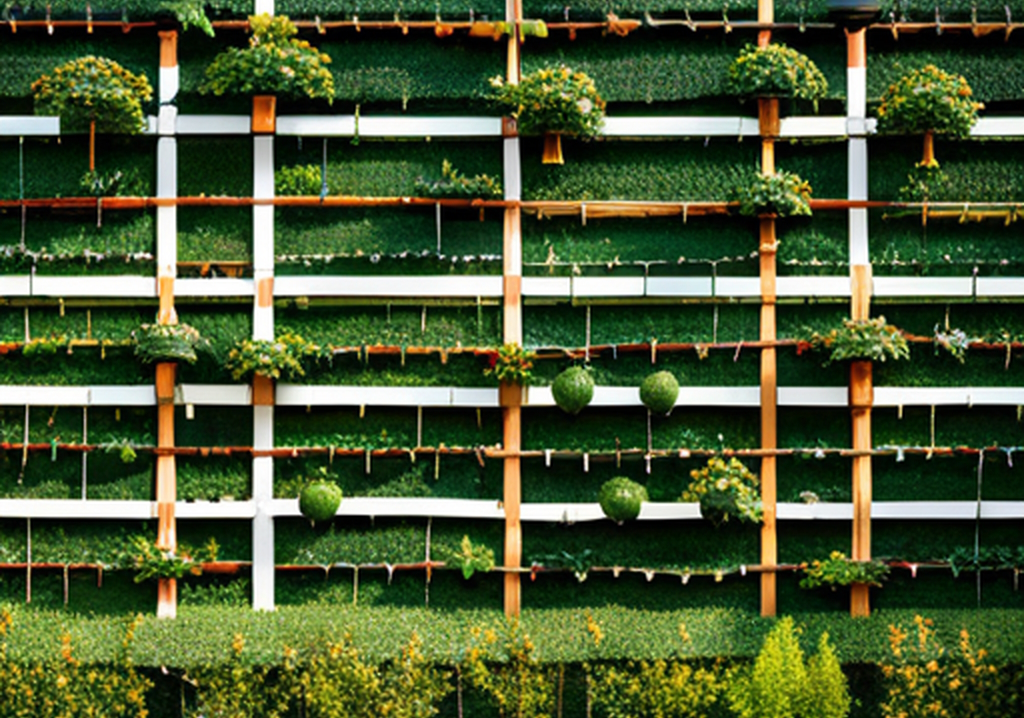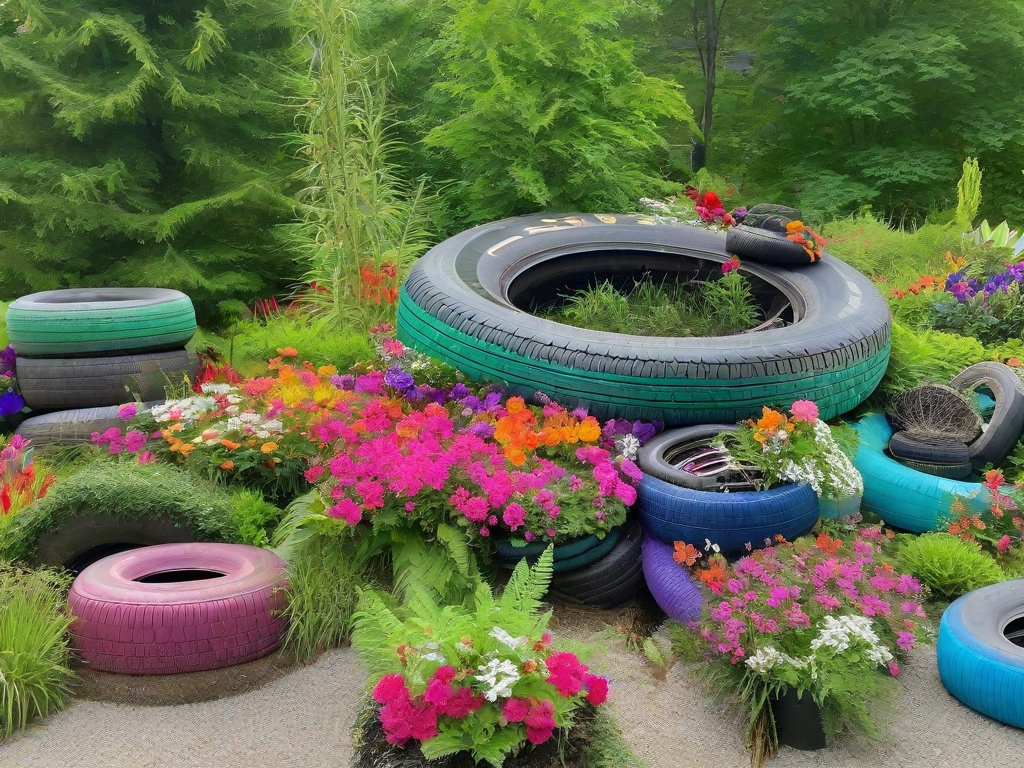Mastering the Timing: When and How to Prune Your Plum Trees for Optimal Health & Yield
Ever wondered why your plum tree isn’t yielding as much fruit as you’d hoped? Or perhaps the branches seem overcrowded and unhealthy. The solution could be simpler than you think – it’s all about timing your pruning right!
Pruning is not just a random snip-snip here or there; it’s an art, almost like giving your beloved plum tree a haircut. But when exactly should this happen to ensure optimal health and bountiful harvests?
Understanding the Importance of Pruning Plum Trees
Pruning plum trees plays a pivotal role in maintaining their health and enhancing fruit yield. This process involves removing certain parts of a tree, such as dead or diseased branches. By doing so, you encourage better structure and growth.
Boosting Tree Health
Regular pruning eliminates problematic elements from your plum trees—dead wood, disease-ridden sections—thereby reducing potential risks to overall tree health. A well-pruned tree allows air circulation that discourages fungal infections and pest infestation (example: aphids). Essentially, proper pruning equates to less likelihood of diseases spreading throughout the plant body.
Enhancing Fruit Yield
Plus to promoting good health for your plum trees, another significant benefit lies in its impact on fruit production. Since energy isn’t wasted on unnecessary foliage or damaged limbs after effective pruning is done at an appropriate time during late winter or early spring before flowering but post thawing period—the result often entails more prolific blossoms leading towards increased fruits annually.
Supporting Structural Integrity
By giving due attention to consistent branch thickness when cutting back side shoots—in other words not leaving any ‘stubs’ which might decay—it’s possible also reinforce structural integrity so preventing future damage through breakage under weighty crop loads each season also ensuring long-term survival plus productivity over many years even decades!
Remember! Always sanitize your tools between cuts if dealing with infected plants – this helps prevent cross-contamination among healthy specimens within reach thereby bolstering efforts toward optimal horticultural practices.
When to Prune Plum Trees – Seasonal Guide
Knowing when to prune your plum trees forms an integral part of horticultural practices, ensuring healthy growth and optimal fruit yield. Let’s investigate into the specifics for each season.
Pruning in Late Winter: Advantages and Precautions
Pruning plum trees during late winter has distinct advantages; primarily it prepares them for robust spring growth. With most leaves fallen, you can clearly see the tree structure allowing precise removal of unwanted branches. During this dormant period, pruning wounds heal quickly as sap starts flowing with rising temperatures.
But precautions exist too! Avoid heavy pruning on extremely cold days as it could lead to frost damage at cut sites.
Spring Pruning: What You Should Know
Spring offers another window for efficient trimming once risk of hard frosts is over but before full bloom hits. This timing promotes rapid wound healing due to increased sap flow while minimizing chances of fungal infections which proliferate in summer heat.
But remember one crucial point – If Silver Leaf disease—a common fungus affecting plums—is prevalent in your area, avoid spring pruning altogether because its spores spread profusely during wet springs.
The Risks of Summer and Fall Pruning
Although light corrective pruning works anytime if you spot diseased or broken limbs; typically avoid large-scale cuts during summers and falls—the active growing seasons—for a couple reasons:
Tools Required for Pruning Plum Trees
Pruning plum trees involves using the right tools. It’s essential to not only choose quality pruners but also maintain them properly.
Choosing the Right Pruners
Picking out suitable pruning tools becomes paramount in ensuring a healthy, thriving plum tree. Two types of hand pruners prove efficient – anvil and bypass pruners. Anvil pruner features one straight blade that cuts against a flat surface resembling an anvil. On the other hand, bypass pruner mimics scissors’ action with two blades passing each other.
For larger branches exceeding 0.5 inches diameter, loppers or saws come into play instead of hand-held ones; these ensure clean cuts without damaging surrounding bark areas which could lead to infections or decay if mismanaged.
Notably remember: sharper blades minimize damage by making cleaner slices than dull edges would make possible – something crucial considering every cut counts when it comes to plant health care!
Maintenance of Pruning Tools
Maintaining your pruning equipment guarantees longevity while sustaining effectiveness over time — key factors concerning any gardening try! Regular cleaning removes sap residue and prevents rust formation on metal surfaces which degrade tool efficiency if left unchecked long term.
Sanitizing between uses helps prevent disease transmission from infected plants onto healthy specimens – usually done via wiping down with rubbing alcohol after use before storage away till next occasion calls upon their service once more within gardener’s schedule routine set forth based on individual needs specific for environment type encountered during field work sessions scheduled throughout year round operations conducted annually according yearly cycle patterns observed naturally occurring across different regions worldwide depending climatic conditions prevalent therein respectively accordingly so forth etcetera ad infinitum et cetera…
The Impact of Pruning on Plum Tree Health
Pruning plays a crucial role in the health and productivity of plum trees. Let’s dive deeper into how it can enhance fruit production, as well as prevent diseases.
Pruning to Enhance Fruit Production
The act of pruning proves beneficial for enhancing fruit production by directing energy towards fruitful growth. It does so by eliminating unnecessary foliage or damaged limbs that drain resources from your tree. For example, you might find branches with no signs of blossoms – these are clear candidates for removal during your next prune session.
Correctly pruned trees produce more robust blooms due to improved sun exposure and airflow around buds after removing excess vegetation; so increasing potential yield per season. Also, consistent annual pruning reduces competition among fruits leading to larger-sized plums over time.
Disease Prevention through Pruning
Plus to boosting fruit yields, prudent pruning aids greatly in disease prevention efforts within orchards or gardens alike.
Eliminating deadwood provides an immediate benefit – stopping decay organisms from further infiltrating healthy wood areas on the same branch segment thereby reducing overall infection risks substantially. You’ll notice darker patches (indicative of fungal infections) decreasing post-prune operations if conducted regularly.
Similarly beneficial is cutting back diseased branches which hampers progression routes for pests like aphids known carriers Silver Leaf disease specific amongst plum species! Always remember though: sanitize tools between cuts this limits cross-contamination chances maintaining healthier plant life long-term basis indeed!
When Not to Prune Plum Trees
Avoid pruning your plum trees during the wrong seasons, such as late fall and winter. Even though its dormancy during these periods, it’s not a safe practice due to potential frost damage that can lead into fatal wounds on tree branches. For instance, if you prune in early winter when temperatures are below freezing point (32°F or 0°C), the cut areas may freeze causing harm to overall tree health.
Steer clear of mid-summer pruning too unless necessary for correcting potentially hazardous conditions like broken limbs or disease-infested branches. In this period, most energy is focused on growth and fruit production making heavy cuts detrimental since they redirect energy away from these processes towards healing wounded spots.
Also refrain from any substantial trimming in case there’s an outbreak of Silver Leaf Disease – a fungal infection common among stone fruit trees including plums – which tends to spread rapidly via open wound sites created through careless pruning actions.
Be careful while performing corrective light trims throughout the year; remember never over-prune by removing more than one-fifth of total canopy at once because excessive removal weakens your plum tree affecting future yields adversely with reduced blossoms leading eventually fewer fruits.
Pruning time also depends significantly upon variety-specific characteristics: some types prefer different timings compared others hence understanding individual needs becomes crucially important before proceeding further with any significant action plans aimed enhancing health along productivity levels associated specific type under consideration thereby ensuring optimal results achieved effectively efficiently without causing undue stress unnecessary discomfort entire ecosystem surrounding environment wherein thriving prosperously providing bountiful harvest every single season!
Finally avoid rush jobs sloppy cuts both cause long-term damages difficult repair later stages life span inevitably impacting negatively terms aesthetic appeal commercial value especially instances where considered high-end specialty produce commanding premium prices markets worldwide demand exceeds supply greatly consequence scarcity rarity coupled superior taste texture unmatched counterparts available readily everywhere else world today!
Maintain clean sharp tools between each cut prevent cross-contamination potentially dangerous pathogens could infect healthy branches causing irreversible damages leading total loss productivity capacity so resulting financial losses farm owners operators alike struggling keep up escalating costs running agricultural operations profitably even though constant challenges faced terms climate change pest invasions unpredictable weather patterns etc.
Conclusion
So, you’ve learned that pruning plum trees isn’t just a chore – it’s an art. It requires precise timing and keen knowledge of tree growth patterns. Late winter primes your plums for spring vigor while avoiding frost damage, yet careful spring cuts can also reap benefits once the risk of hard frosts has passed. You’re aware now to steer clear from major trims during summer and fall or when Silver Leaf disease is present.
You understand the need for sharp tools; bypass pruners for smaller branches and loppers or saws handling larger ones – all kept clean to prevent spreading diseases among healthy plants. The article helped identify old wood by its rough texture which needs cutting back annually while letting younger shoots flourish.
Remember: each cut should serve a purpose! Removing deadwood not only helps shape your tree but boosts fruit yield too, diverting energy away from unnecessary foliage into fruitful growth instead.
And finally remember – never over prune!
Now armed with this insight you’re well-prepared to take on this important task in maintaining your plum trees’ health & productivity!
- When Is the Best Season for Dog Training in the US? Guide to Year-Round Success - November 5, 2025
- Why Choose an In-Ground Pool: Top Benefits for Your Home & Lifestyle - November 5, 2025
- Where Can I Advertise Driveway Cleaning Locally? Top Effective Spots to Reach Homeowners - November 5, 2025




